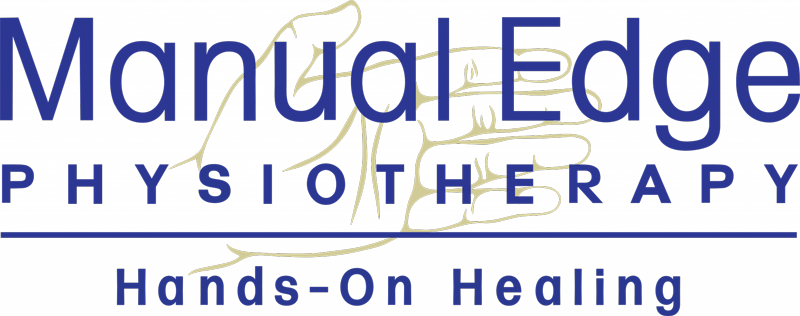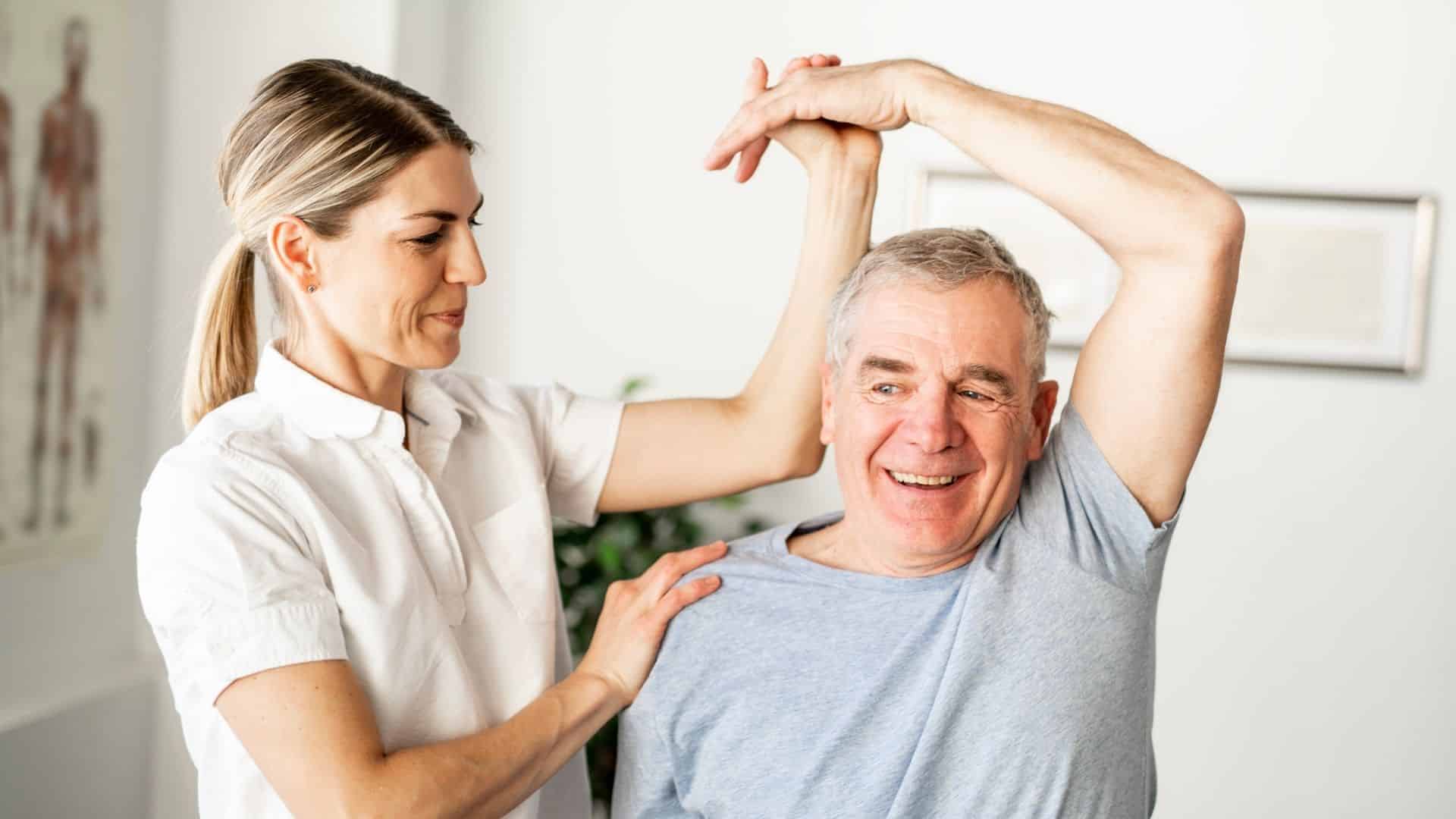Hand & Wrist Physical Therapyin Colorado Springs
Your wrist is a complex joint made up of eight small bones arranged in two rows between the bones in your forearm and the bones in your hand. Tough bands of ligament connect your wrist bones to each other and to your forearm bones and hand bones. Tendons attach muscles to bone. Damage to any of the parts of your wrist can cause pain and affect your ability to use your wrist and hand. If you are experiencing wrist pain, the cause may be:
Injury
- Sudden impact: The most common method of injuring your wrist is when you fall forward onto your outstretched hand. This can cause sprains, strains and even fractures.
- Repetitive stress: Any activity that involves repetitive wrist motion — from hitting a tennis ball or bowing a cello to driving cross-country — can inflame the tissues around joints or cause stress fractures, especially when you perform the movement for hours on end without a break. De Quervain’s disease is a repetitive stress injury that causes pain at the base of the thumb.
Arthritis
- Osteoarthritis: In general, osteoarthritis in the wrist is uncommon, usually occurring only in people who have injured the same wrist in the past. Osteoarthritis is caused by wear and tear on the cartilage that cushions the ends of your bones. Pain that occurs at the base of the thumb may be caused by osteoarthritis.
- Rheumatoid arthritis: A disorder in which the body’s immune system attacks its own tissues, rheumatoid arthritis is common in the wrist. If one wrist is affected, the other usually is, as well.
Other diseases and conditions
- Carpal tunnel syndrome: Carpal tunnel syndrome develops when there’s increased pressure on the median nerve, which passes through the carpal tunnel, a passageway in the palm side of your wrist.
- Kienbock’s disease: This disorder typically affects young adults and involves the progressive collapse of one of the small bones in the wrist. Kienbock’s disease occurs when the blood supply to this bone is compromised.
- Ganglion cysts: These soft tissue cysts occur most often on the top of your wrist opposite your palm. Smaller ganglion cysts seem to cause more pain than do larger ones.
Information courtesy of the Mayo Clinic.


